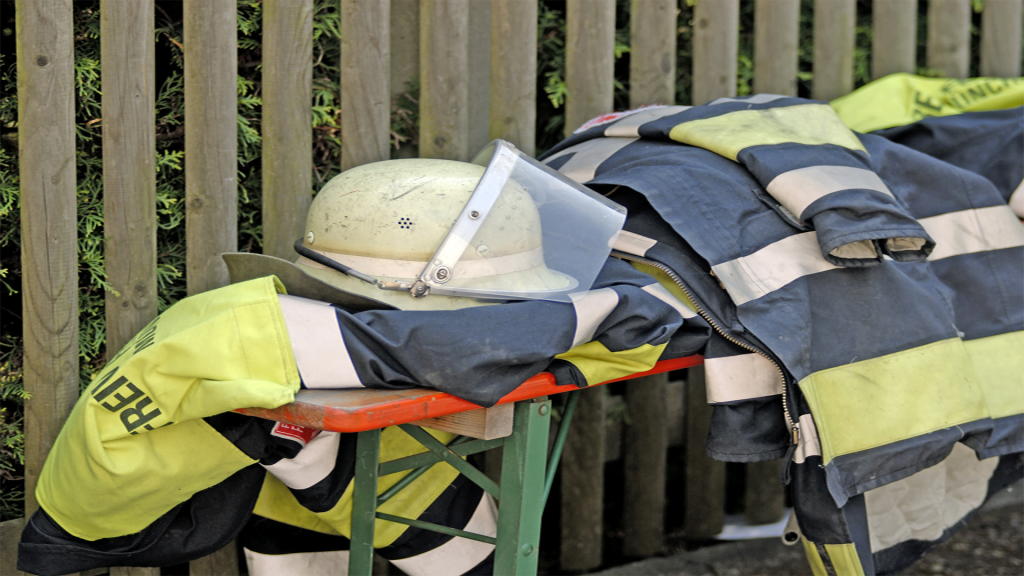
Personal Protective Equipment (PPE) encompasses a wide range of specialized tools and gear that protect workers from hazards they might encounter on the job. Each type of PPE is carefully designed to address specific risks, ensuring that workers can perform their duties with reduced danger to their health and safety. Different industries and environments have unique hazards, and PPE is essential for maintaining workplace safety across these diverse settings. Here, we’ll explore the top 10 types of PPE, highlighting the purpose of each and the common industries where they’re used.
By understanding the role and applications of each PPE type, companies and workers can make informed decisions to prioritize safety, reduce the risk of injury, and improve compliance with safety regulations.
Hard Hats and Helmets
Hard hats and helmets provide essential protection for the head, guarding against injuries from falling objects, bumps, or potential electrical hazards. In industries like construction, mining, and manufacturing, workers are frequently exposed to falling debris or other overhead dangers that could lead to serious injuries without proper protection. Specialized helmets, such as those with suspension systems or chin straps, offer additional support and stability, making them suitable for rigorous work environments. Some helmets are also rated for electrical insulation, ensuring they protect against electric shock when working near power sources.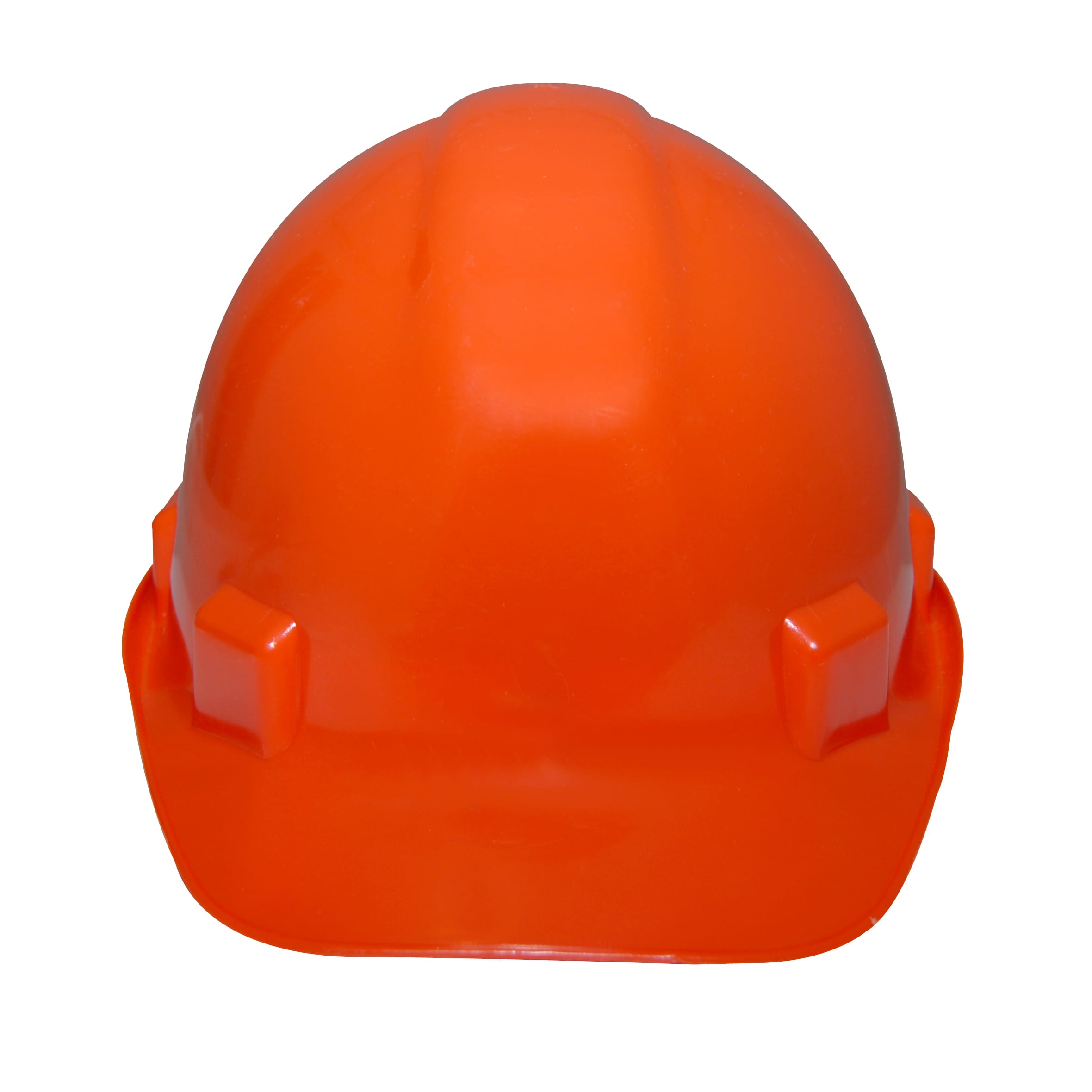
Safety Goggles and Glasses
Safety goggles and glasses shield the eyes from dust, chemicals, flying particles, and bright light. Eye protection is indispensable in environments where exposure to particles or splashes could cause serious eye injuries or even blindness. In construction, laboratories, and manufacturing, safety goggles provide a barrier that keeps harmful substances and objects out of the eyes. Tinted glasses are also used to protect against intense light or UV exposure, especially in welding or outdoor work, where eye safety is paramount.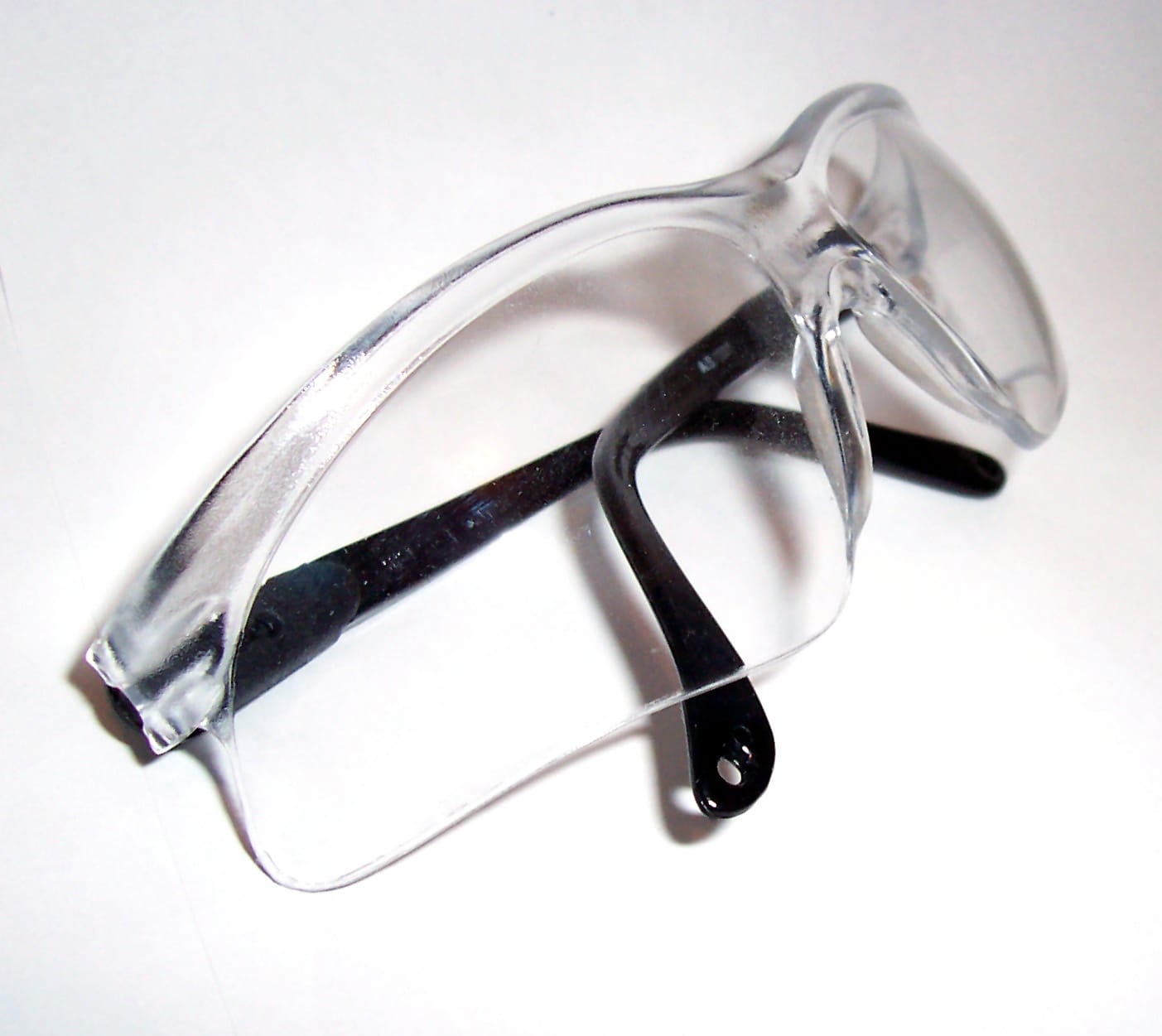
Respirators and Masks
Respirators and masks filter out harmful airborne particles and contaminants, preventing workers from inhaling toxic fumes, dust, or infectious pathogens. In healthcare, respirators are essential for protection against airborne infections, while in construction and chemical industries, respirators protect workers from inhaling harmful substances like dust, fumes, or gases. Respiratory protection ranges from simple disposable masks for low-hazard tasks to full-face respirators with advanced filtration for high-risk environments.
Ear Protection (Earplugs and Earmuffs)
Ear protection, including earplugs and earmuffs, reduces exposure to hazardous noise levels that could lead to hearing loss over time. In high-noise environments such as construction sites, manufacturing facilities, or airports, ear protection helps prevent long-term hearing damage by reducing sound levels to safer thresholds. Some earmuffs come with electronic features, allowing workers to communicate while still protecting their hearing.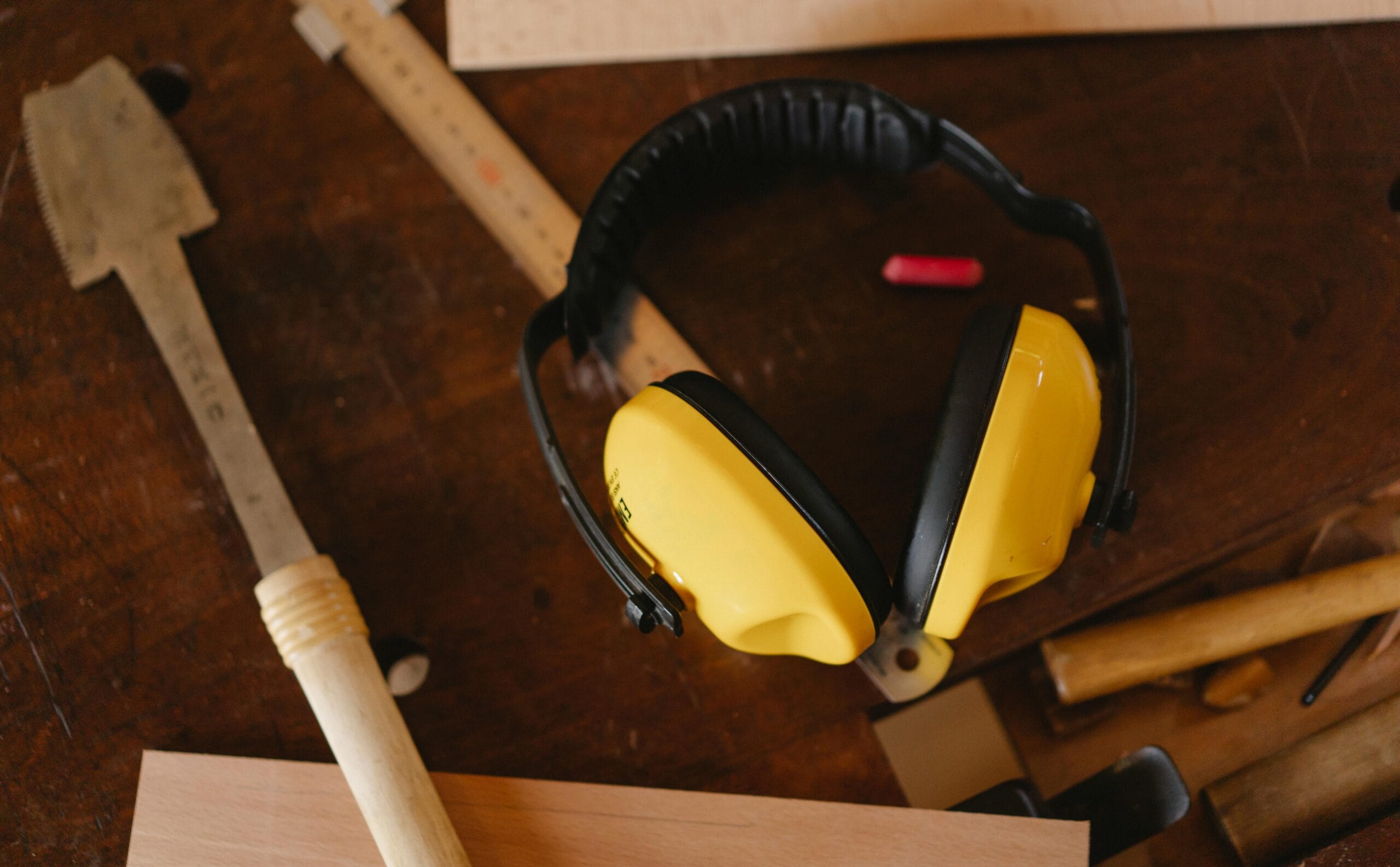
Gloves
Gloves are one of the most versatile types of PPE, providing hand protection against cuts, abrasions, chemicals, and heat. There are specific gloves for different applications: cut-resistant gloves for handling sharp objects, chemical-resistant gloves for labs or chemical handling, and insulated gloves for electrical work. In healthcare, disposable gloves prevent cross-contamination, while in manufacturing, heavy-duty gloves protect hands during machine operation or material handling.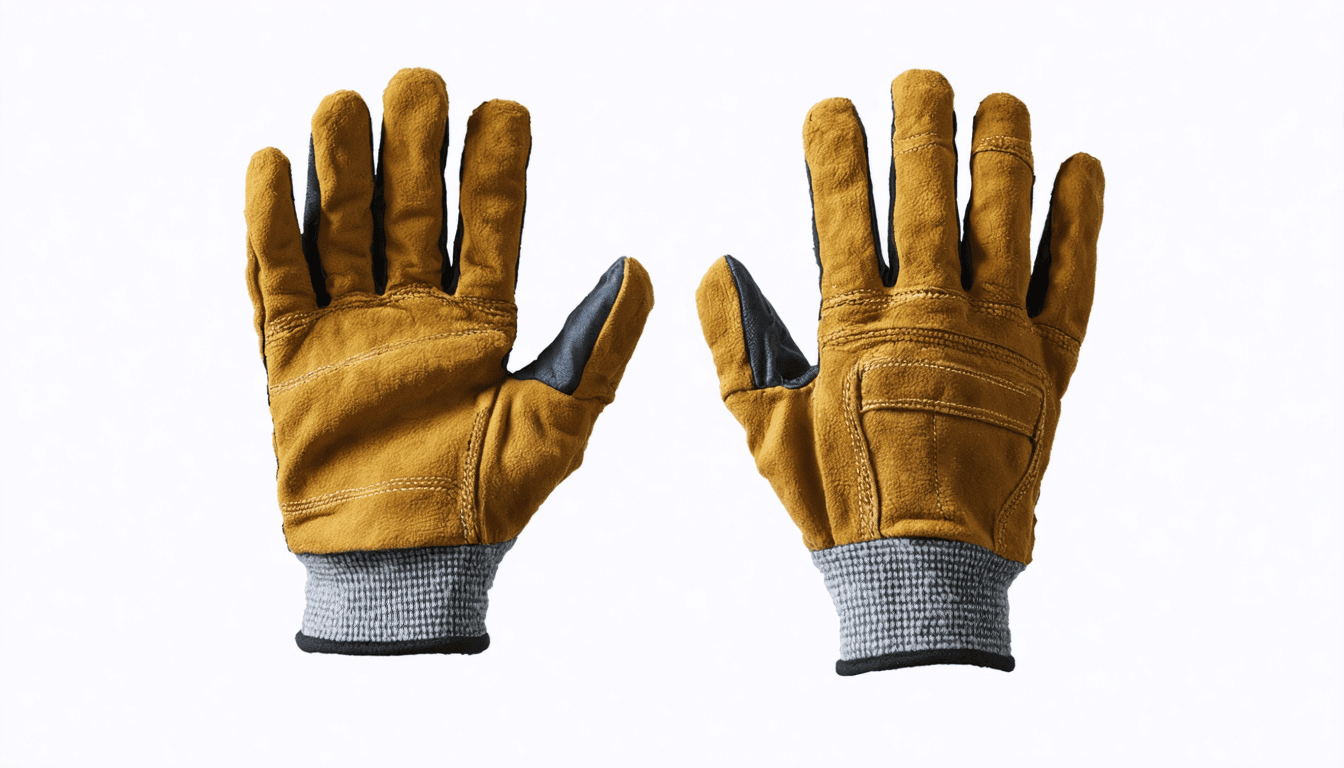
High-Visibility Clothing
High-visibility clothing, such as vests, jackets, and pants, increases worker visibility, particularly in low-light or high-traffic areas. Bright colors and reflective strips make workers more noticeable, which is critical in environments like road construction, warehouses, or logistics centers. This type of PPE reduces the risk of accidents by ensuring that workers are visible to machinery operators and other colleagues.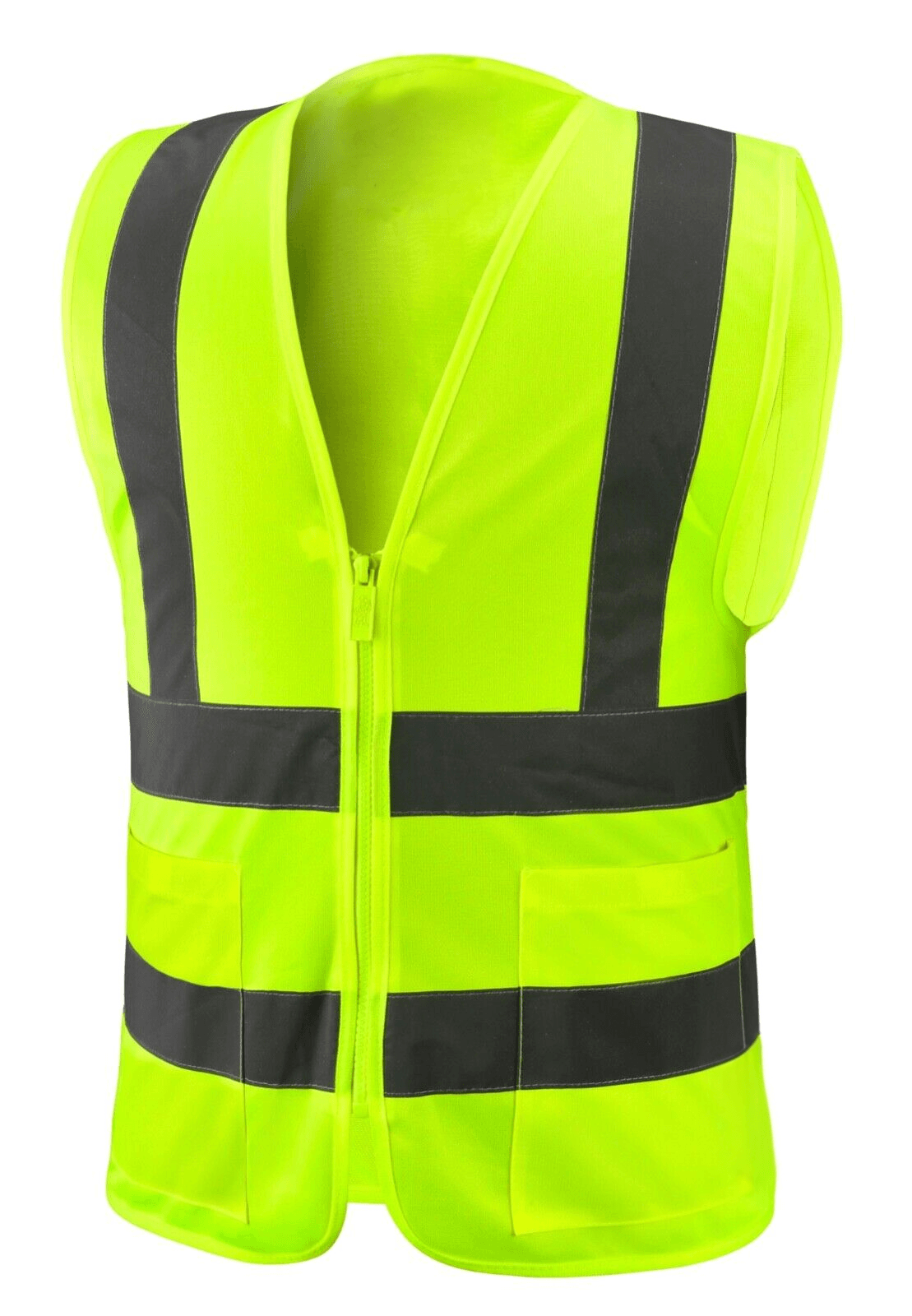
Safety Footwear
Safety footwear, including steel-toed boots, slip-resistant shoes, and electrical hazard footwear, protects feet from impacts, punctures, slips, and electric shock. In construction and manufacturing, steel-toed boots guard against crushing injuries, while slip-resistant soles prevent falls in wet or slippery areas. For electrical work, boots with non-conductive materials add another layer of safety by reducing the risk of electric shock.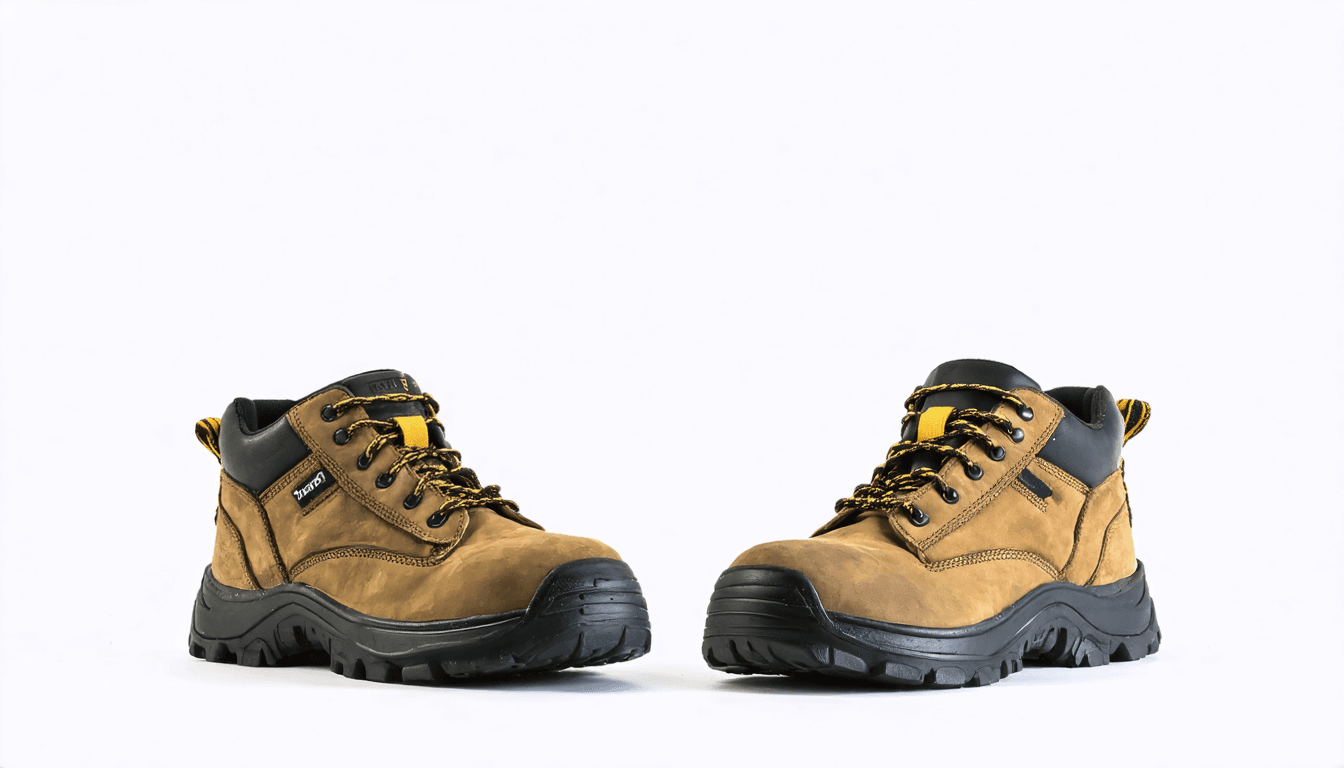
Face Shields
Face shields provide full-face protection, covering the eyes, nose, and mouth to guard against splashes, flying debris, and sparks. Unlike safety glasses, which only cover the eyes, face shields offer broader protection, making them suitable for metalworking, healthcare, and labs where there’s a risk of exposure to harmful substances. In welding and grinding operations, face shields protect against intense heat and sparks, reducing the risk of burns.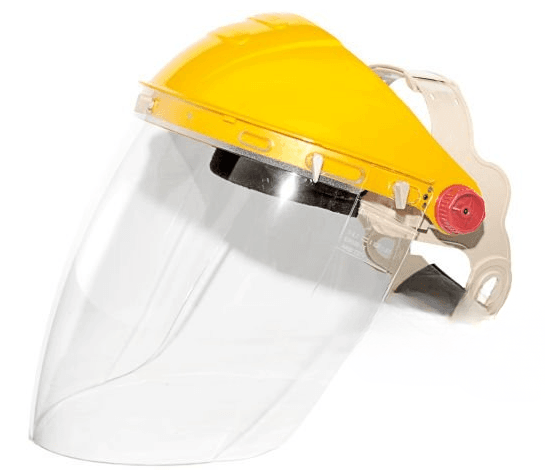
9. Flame-Resistant (FR) Clothing
Flame-resistant clothing, including coveralls and jackets, shields workers from burns and flash fires by resisting ignition and self-extinguishing once the source of ignition is removed. This type of PPE is vital in industries with fire hazards, such as oil and gas, electrical work, and welding. Flame-resistant fabrics, such as Nomex or Kevlar, are designed to provide a barrier that reduces the likelihood of burn injuries, even in extreme environments.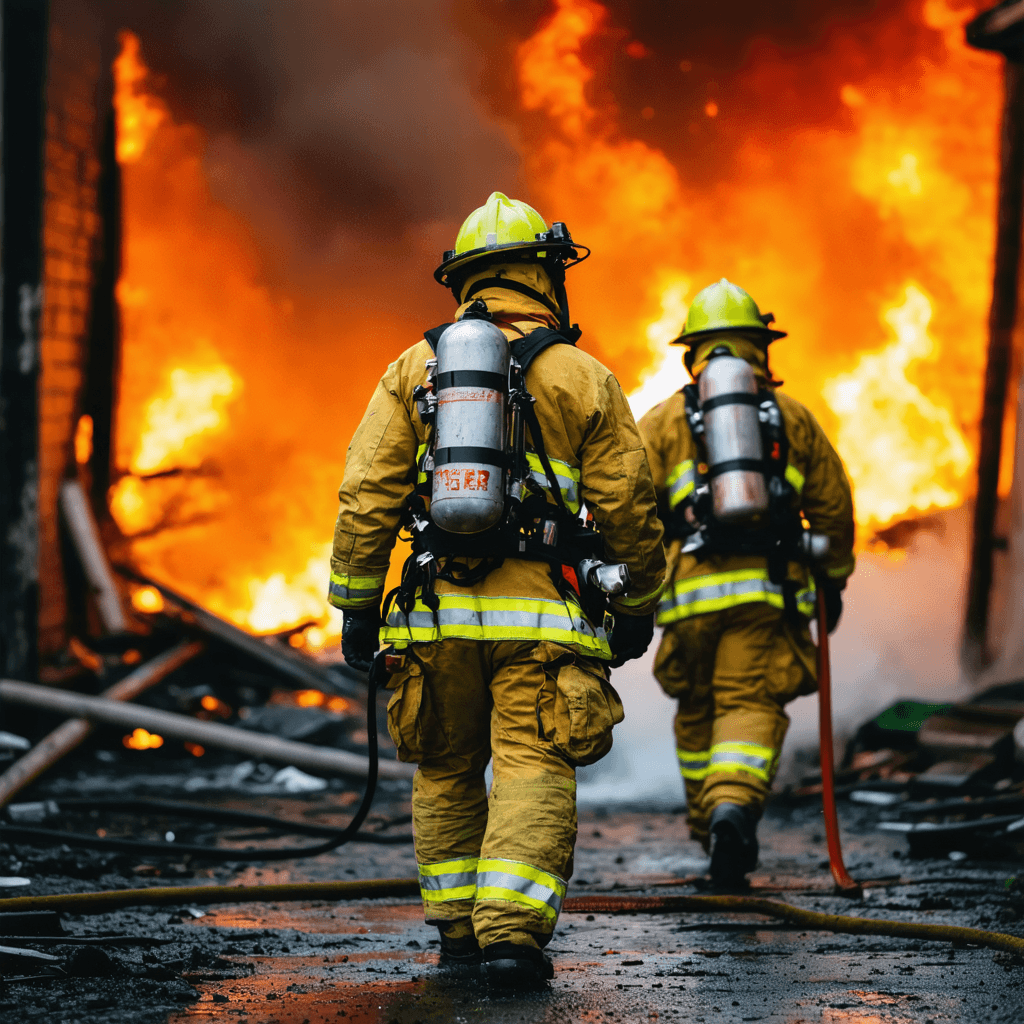
Fall Protection Equipment
Fall protection equipment, including harnesses, lanyards, and anchor points, is essential for workers performing tasks at heights. Falls are one of the leading causes of workplace injuries and fatalities, making fall protection crucial in construction, roofing, and scaffolding work. This type of PPE is designed to provide stability, prevent falls, and mitigate the impact if a fall occurs, ensuring workers can perform elevated tasks with reduced risk.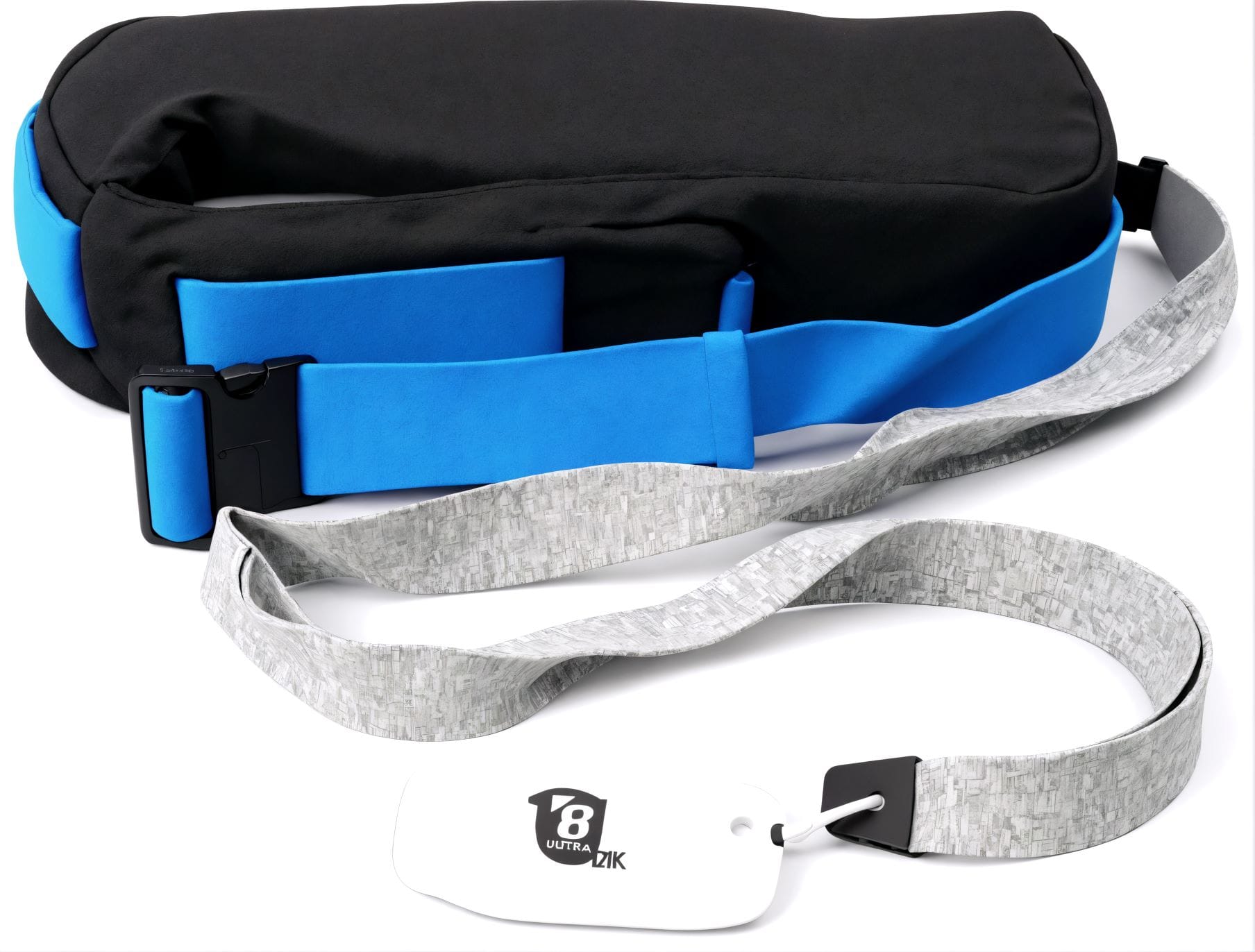
Summary of Top 10 PPE Types and Their Applications
| PPE Type | Purpose | Common Industries |
|---|---|---|
| Hard Hats and Helmets | Head protection from impacts and shocks | Construction, mining, manufacturing |
| Safety Goggles and Glasses | Eye protection from particles and chemicals | Laboratories, construction, manufacturing |
| Respirators and Masks | Filters airborne contaminants | Healthcare, chemical, construction |
| Ear Protection | Reduces noise exposure | Manufacturing, construction, airports |
| Gloves | Protects hands from cuts, chemicals, heat | Healthcare, manufacturing, construction |
| High-Visibility Clothing | Enhances worker visibility | Roadwork, warehouses, logistics |
| Safety Footwear | Prevents foot injuries and slips | Construction, logistics, manufacturing |
| Face Shields | Full-face protection from splashes and sparks | Healthcare, metalworking, labs |
| Flame-Resistant Clothing | Protection against fire and heat | Oil & gas, welding, electrical work |
| Fall Protection Equipment | Prevents falls and mitigates impacts | Construction, roofing, scaffolding |
These 10 PPE types provide comprehensive protection in various high-risk environments, helping workers stay safe while performing essential tasks. Each type is engineered to address specific hazards, from head and eye protection to preventing slips, falls, and burns. Understanding the applications and benefits of each type enables businesses to create safer workplaces and ensures workers are properly equipped to manage risks.
Zion Zhang
Recent Posts
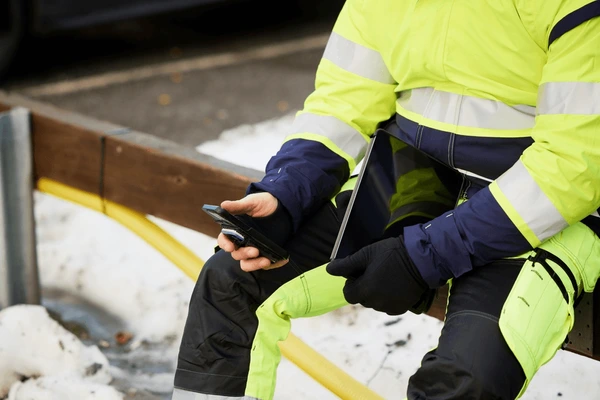 Thermo-Adaptive Fabrics: Dynamic Microclimate Control for Extreme Heat Environments2025年12月8日In high-temperature environments—whether in Middle Eastern […]
Thermo-Adaptive Fabrics: Dynamic Microclimate Control for Extreme Heat Environments2025年12月8日In high-temperature environments—whether in Middle Eastern […]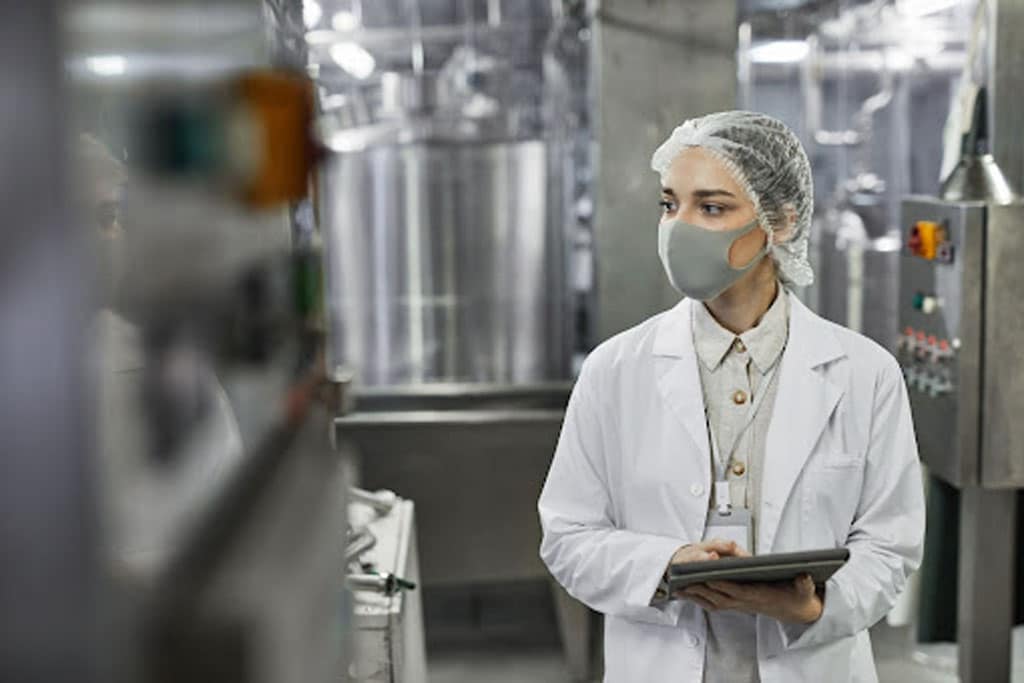 Choosing the Right Fabric Blend by Industry2025年12月6日How CVC, TC, and High-Strength Fiber Blends Shape […]
Choosing the Right Fabric Blend by Industry2025年12月6日How CVC, TC, and High-Strength Fiber Blends Shape […]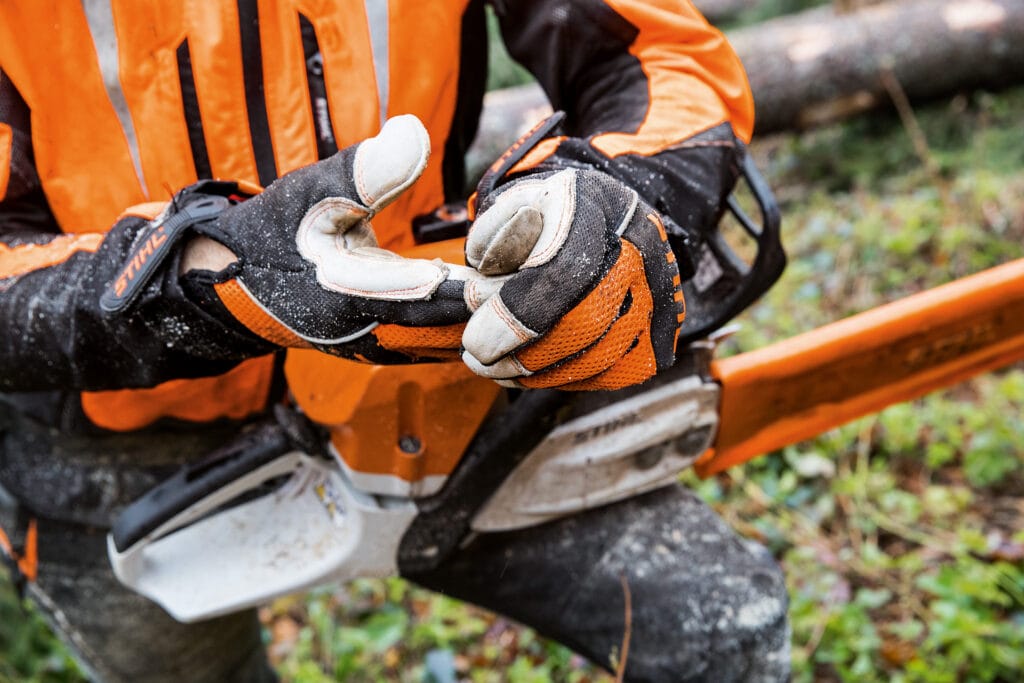 Functional Fabric Trends 20252025年12月3日Performance, Sustainability, and Smart Innovation Driving […]
Functional Fabric Trends 20252025年12月3日Performance, Sustainability, and Smart Innovation Driving […] Why Global Buyers Are Shifting Toward Lightweight Protection2025年12月2日Hygiene, Comfort, and Safety in a New Era of Performance […]
Why Global Buyers Are Shifting Toward Lightweight Protection2025年12月2日Hygiene, Comfort, and Safety in a New Era of Performance […]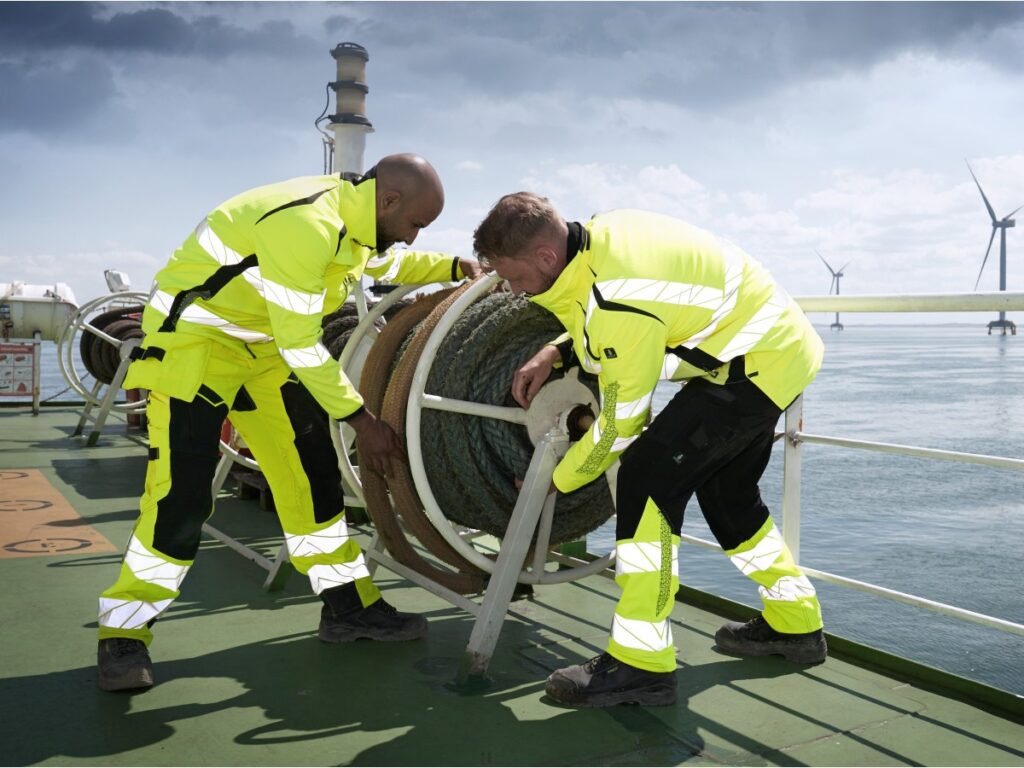 Top Workwear Fabric Innovations to Watch in the Next 3 Years2025年12月1日Workwear is entering a new era where materials science, […]
Top Workwear Fabric Innovations to Watch in the Next 3 Years2025年12月1日Workwear is entering a new era where materials science, […]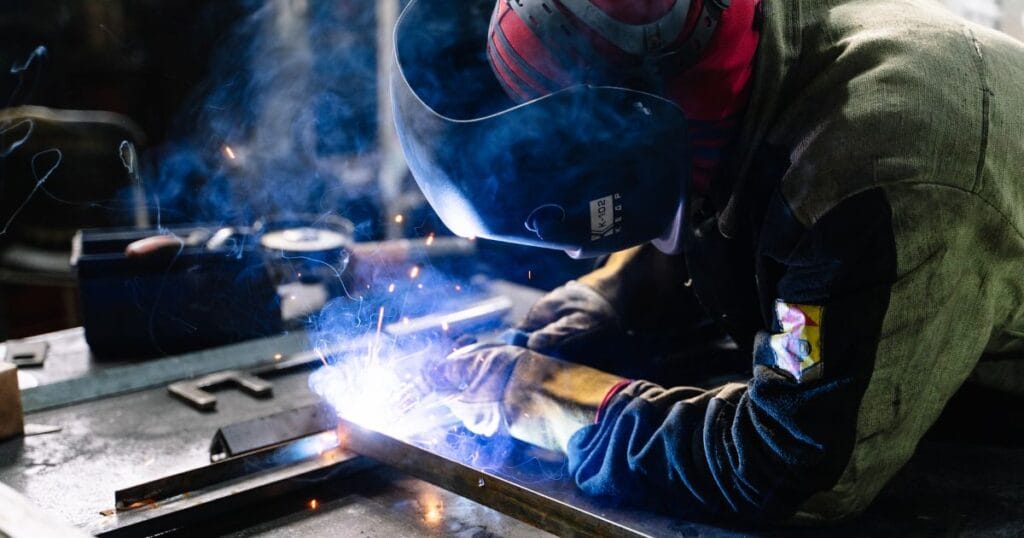 Supplier Opportunity: Selling Tracking-Enabled Workwear as a Service2025年11月27日The Future of Safety, Compliance, and Workforce […]
Supplier Opportunity: Selling Tracking-Enabled Workwear as a Service2025年11月27日The Future of Safety, Compliance, and Workforce […]
CONTACT US
- Feel free to contact us any time. We will get back to you as soon as we can!
- +86-17330061805
